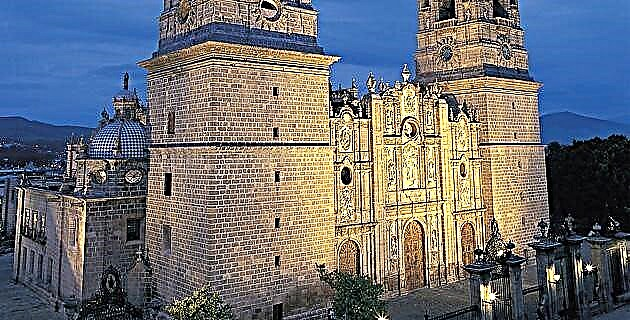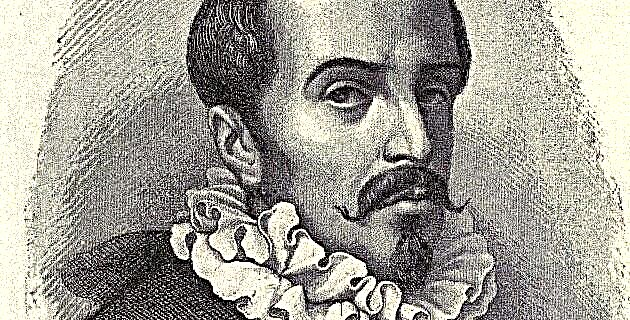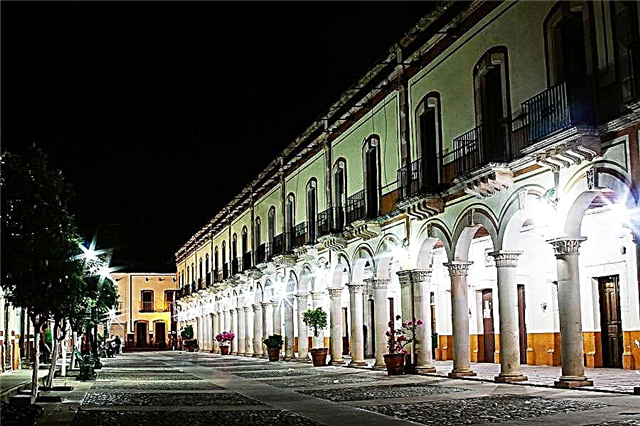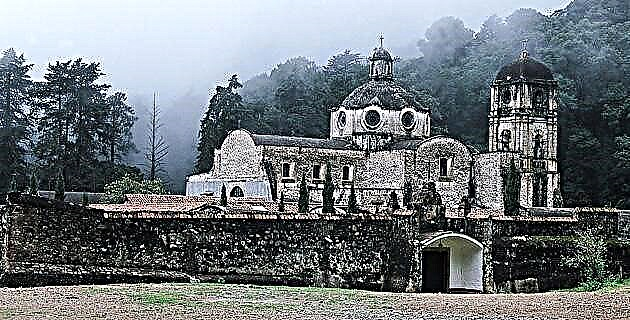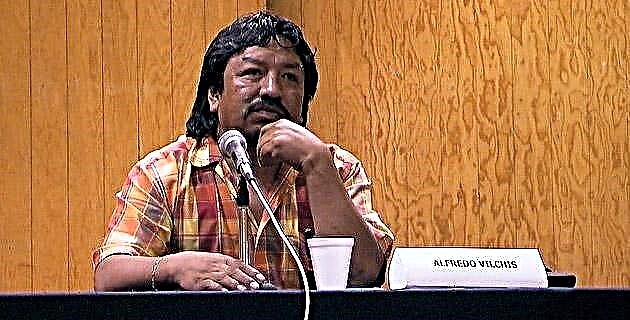
What is a miracle? What is faith and how is it manifested? What is the role of religion in the daily life of Mexicans? What are the beliefs and how have they been lost in modern society? These are indispensable questions in a documentary dedicated to granted miracles.
Most Mexicans and connoisseurs of national art are familiar with votive offerings, whether they have them in their homes as decorative elements or because they have seen them in churches and antique stores. However, little is known of its origin, richness of its tradition and authors.
What is a miracle? What is faith and how is it manifested? What is the role of religion in the daily life of Mexicans? What are the beliefs and how have they been lost in modern society? These are indispensable questions in a documentary dedicated to granted miracles.
The name exvoto comes from the Latin: ex, de and votum, promise, and it designates the object offered to God, the virgin or the saints in correspondence to a promise or a favor received; thus, votive offerings are altarpieces in gratitude for miraculous events. As the donor prays to the virgin or to the saint of his choice seeking divine protection, if the problem is solved, in gratitude he makes a small painting where he illustrates the anecdote.
Its origin dates back to the Renaissance with the tradition of painting altarpieces dedicated to saints for favors and miracles granted, but it was until the 16th century that votive offerings arrived in Mexico through the Mariano cult by the Spanish evangelizers. Probably, the first votive works were brought by the soldiers, but very soon they began to be elaborated in these lands.
EXVOTE, AN EXPRESSION OF FAITH
A votive offering constitutes a public gratitude to God, a reflection of popular culture and art, in addition to its important value as a historical document; Their peculiar syncretism of religious, historical and cultural elements have made them a very representative piece of Mexicanity.
Religion is an essential and deeply important element in our people and the votive offering is one of its manifestations, which is why the retable painter Alfredo Vilchis represents a window to the religious life of the country, because although the votive offering is an artistic form in progress of extinction, has been rescued and renewed in the work of Vilchis, who works and lives in Mexico City.
This creator is the starting point and fundamental skeleton of a documentary prepared for Once TV in the series The Adventure of Unknown Mexico. The originality of his work, as well as the great possibilities of the ex-Voto as a means to tell stories and portray Mexican religious life made us immediately recognize the theme for Milagros Concedidos.
Alfredo Vilchis is an exceptional artist who by vocation is the depository of an ancestral tradition, at the same time as a 20th century historian and chronicler of his time. He opened the doors of his house and his studio to us and from the beginning he supported the project with great dedication. He tells us: “I am a retable and I have been painting altarpieces for 20 years. It will be for the love of art or for the destiny of God that I liked to focus my life towards the feelings of the people and shape it through this tradition and this custom, which I feel is being lost.
OF IDEAS AND PROPOSALS
At the beginning of the project, we had a basic idea, a concept of what we wanted, but finding a script along the way. We knew Vilchis and we knew that it would be the window to portray from there the devotion and popular religiosity in this country, but donors were lacking, that is, people who ask a painter to tell a miraculous experience on a sheet of zinc thanking the saint of his preference the grace received. Thus, we patiently undertook the search for each of these characters, which we found along the way.
One of them was José López, 60, who is missing a leg. He requested an altarpiece because he had a tumor on one arm that disappeared after praying a lot to the Virgin of Juquila, which he considered a miracle. For his part, Gustavo Jiménez, El puma, asked Vilchis for an altarpiece to record a miraculous moment during the 1985 earthquake, when he lived in the Juárez multifamily. He believes that God let him live to save people and Saint Jude Thaddeus helped him to give him strength to lift some rubble from where he could get a neighbor's mother alive.
Also, the bullfighter David Silveti asked Vilchis for an altarpiece to thank the Virgin of Guadalupe. All medical diagnoses indicated that he would not fight again, but he miraculously recovered from his knee problem and returned to the plaza in triumph. In the documentary appears the last interview with Silveti before his death.
OTHER CHARACTERS
Among the testimonies is that of Edid Young, who tried to commit suicide because of his alcoholism and miraculously failed. She thanks the Virgin of Juquila for being alive and clean of alcohol, while Javier Sánchez, her husband, who met her in AA, also thanks this virgin for having concentrated, that now they love each other, live together and without drugs.
Between each of the stories of these characters there is a series of interviews with researchers and specialists who give their opinion about religion in the Mexican people, votive offerings, miracles, faith and popular beliefs. Some of the exponents are the researcher Federico Serrano; Jorge Durand, a specialist in votive offerings; Monsignor Shulenburg, abbot of the Basilica of Guadalupe for 30 years, currently retired; Monsignor Monroy, current abbot of said Basilica; Father Francisco Xavier Carlos and sacristan José de Jesús Aguilar, among others.
The end of the documentary is to see where and how the requested altarpieces end. Many are taken to the sanctuaries that correspond to them. In this last chapter of the documentary we see the main sanctuaries of Mexico such as Plateros, in Zacatecas; San Juan de los Lagos, in Jalisco; Juquila, in Oaxaca; Chalma and Los Remedios, both in the State of Mexico, and of course, the Basilica of Guadalupe, in the DF.

